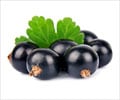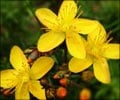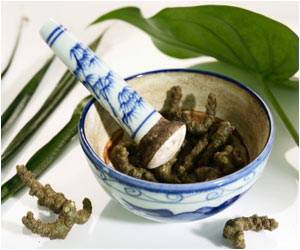Research published online in the Annals of the Rheumatic Diseases reveals that a traditional Chinese herbal remedy used to relieve joint pain and inflammation works as well as methotrexate.

The research team randomly assigned 207 patients with active rheumatoid arthritis to one of three treatment groups: methotrexate 12.5 mg once a week; or TwHF 20 mg three times a day; or a combination of the two over a period of 24 weeks. The researchers wanted to find out which of these approaches would sufficiently alleviate symptoms to reach an ACR 50 response. This indicates a 50% improvement in the number of tender or swollen joints and other criteria including pain, disability, and the doctor's assessment of disease severity. It's a measure defined by the American College of Rheumatology. Most (174; 84%) of the participants completed the full 24 weeks of the trial. The proportion of patients achieving ACR 50 was almost 46.5% in those treated with methotrexate alone; 55% in those treated with TwHF alone; and just under 77% in those treated with both. Similar clinically significant patterns of improvement in disease activity and remission rates also occurred among the three treatment groups. There was little difference between the frequency or type of side effects experienced in the different treatment groups, although the number of women who developed irregular periods was slightly higher in those treated with TwHF. More than 300 compounds have been identified in TwHF, including diterpenoids, which experimental research suggests can suppress genes controlling inflammation and dampen down the immune response, the authors point out.
And an extract of the root has recently been investigated for its potential to treat automimmune diseases and some cancers, say the researchers. They caution that 24 weeks is too short a time to evaluate disease progression, and that the dose of methotrexate used in the trial is lower than that typically given to patients in the West. But they suggest that TwHF could be a promising approach to the treatment of active rheumatoid arthritis, particularly as not all patients respond to DMARDs, and because these drugs are expensive.
Source-Eurekalert














